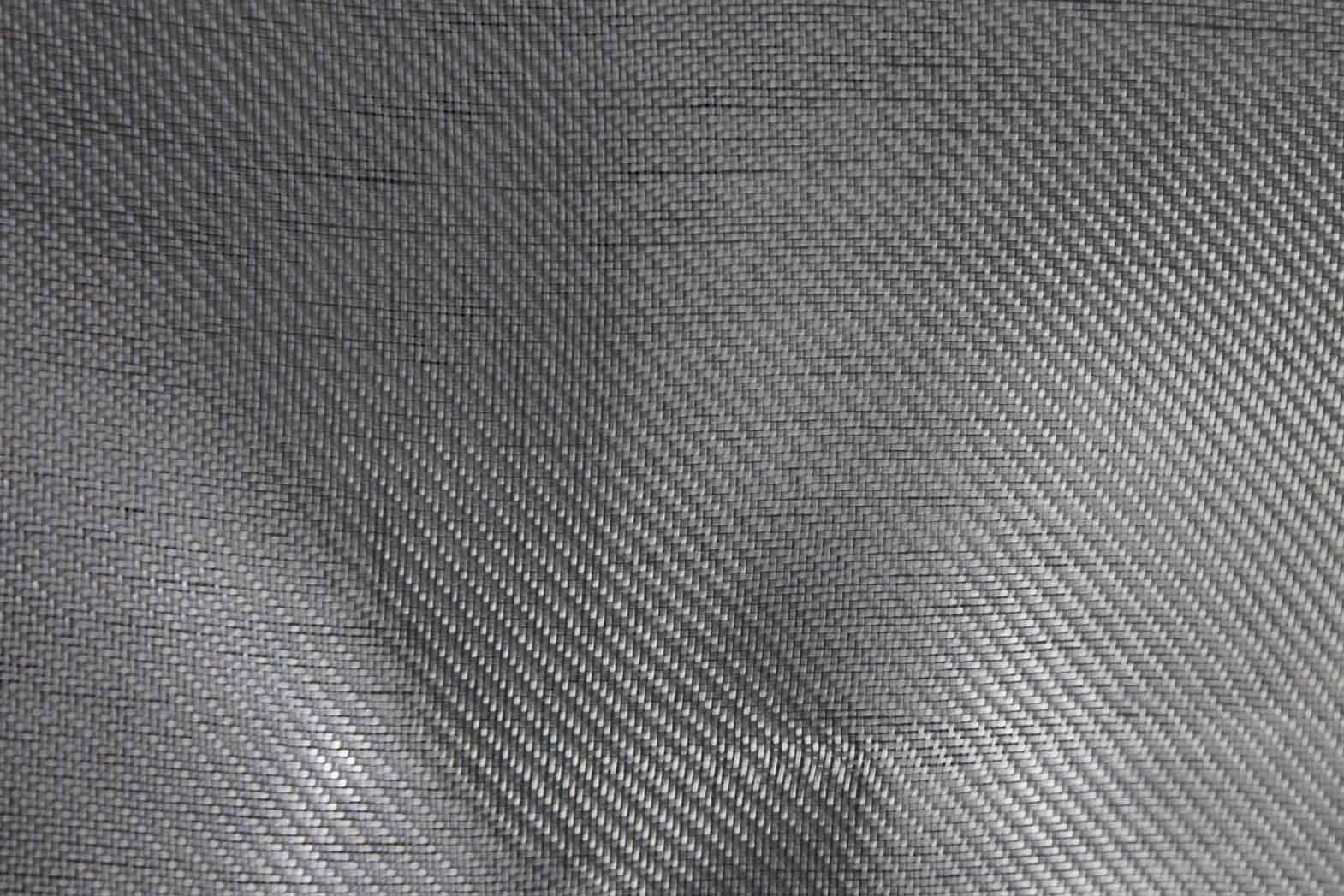Fiberglass is a textile innovation, produced in yarn form similar to regular wool or cotton. These yarns are woven into fabric, which is often used in draperies. Discontinuous (short) fibers are used for electrical and thermal insulation as well as filtration. However, the applications of fiberglass extend far beyond. Regular fiberglass finds use in mats, corrosion and heat-resistant fabric, and sound insulation. It also reinforces items like tent poles, pole vault poles, arrows, bows, crossbows, translucent roofing panels, automobile bodies, hockey sticks, surfboards, boat hulls, and paper honeycomb. It is also commonly used in casts for medical purposes, and open-weave glass fiber grids strengthen asphalt pavement. In addition, fiberglass is favored over steel rebar, especially in areas where corrosion resistance is crucial.
Today, manufacturers of fiberglass are focusing on two significant factors: increasing production and enhancing fabric performance, while simultaneously reducing overall production costs and the final product's cost. This approach expands the applications of fiberglass with each step taken to improve it. Industries such as construction, transportation, automobiles, and infrastructure rely on fiberglass's properties to provide strength and unique features like heat and corrosion resistance to various products. The construction and automobile industries are expected to lead the growing demand for fiberglass, contributing to the market's growth. In the automobile industry, there is a rising demand for lightweight and fuel-efficient vehicles, further driving the demand for fiberglass materials.
Among global fiberglass manufacturers, China and the U.S.A. lead the way. China is currently experiencing growth in the construction, energy, and electrical goods sectors, driving an upward trend in fiberglass demand. This demand has played a pivotal role in revitalizing the overall fiberglass market. It is anticipated that the Asia-Pacific region will be the dominant manufacturer and consumer of fiberglass in the coming years.
The demand for fibreglass in the United States is also on higher side and in the last financial year, approximately 20 percent of fibreglass was exported to the United States from China. The construction and transportation sectors in Europe and United States have utilised most of the fibreglass imported from China and other countries. However, China's production involving fibreglass is mostly confined to E-glass product, which is not used in composites. The high performance and high value fibreglass is manufactured in North America. The high performance fibreglass industry in China is in budding phase and it will take time for this industry to evolve.
The trend of boron market, which is an essential raw material used in production of fibreglass is also an indicator to the expanding fibreglass market. This change is mainly due to rise in demand of fibreglass. The global demand for boron has grown stronger in last three years and continues to grow stronger in 2014. This growth is dictated by an expansion of demand from China, where consumption rose by 15 percent per annum in 2014. The increase in market share held by Asian countries reflects the shift in production of textile-grade fibreglass away from North America and Europe to countries with lower production costs.
Another factor that the global fibreglass industry has observed is the recycling of glass fibre. As a matter of fact, today use of recycled glass fibre is being encouraged. The recycled glass fibre consists of up to 40 percent recycled glass. This is a positive development, as recycled fibreglass is environment friendly move.
The good thermal endurance, high tensile strength, low moisture absorption, product versatility and cost effective in comparison to product with similar properties, fibreglass has awed the global construction and automobile industry. Further research and development of fibreglass will definitely boost the growth of the product. The 2014-15 is a promising year for fibreglass, as fibreglass scores over all the other similar products with regard to competency and customer satisfaction.
References:
1. Madehow.com
2. Wikipedia.com
3. Tura-tr.com
5. Textilemachine.fangzhi-jixie.com









Comments